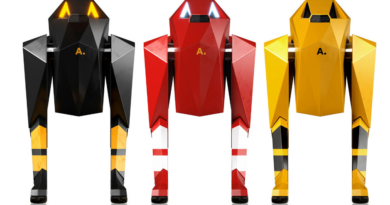Crossing the Midline: Part 2
Signs that a Child May Not Be Crossing the Midline & Activities to Promote Crossing the Midline
If a child has difficulty crossing the body’s midline, they may exhibit the following behaviors:
- Switch hands midway through tasks like coloring and cutting
- Use their left hand for activities on the left side of the body and their right hand for activities on the right side.
- Rotate or turn entire body to retrieve objects on the other side of their body instead of reaching across the body to the other side
- Challenges with tracking left to right while reading
- Displays poor handwriting skills
- Utilize different feet for kicking a ball, indicating mixed feet dominance.
- Experience difficulty coordinating gross motor patterns, including challenges with activities such as crawling, skipping, or performing jumping jacks.
- Have difficulty with age appropriate self care tasks like dressing or grooming activities (lack of coordination with buttoning sweaters, zipping coats or tying shoelaces)
- Lack of coordination in activities that involve both hands, such as catching a ball or playing with building blocks.
- Frustration or avoidance of activities that involve crossing the midline
Parents and caregivers can play a crucial role in supporting and encouraging midline crossing development in their children. Here are some activities that promote crossing the midline:
- Play Catch:
- Engage in simple games of catch, encouraging the child to use both hands to throw and catch a ball.
- Drawing and Coloring:
- Provide coloring books or drawing activities that involve crossing the midline, such as drawing shapes or patterns.
- Dance Together:
- Have dance sessions at home, encouraging movements that involve crossing arms and legs in rhythmic patterns.
- Obstacle Courses:
- Set up mini obstacle courses with cushions, pillows, or household items that require the child to navigate by crossing the midline.
- Simon Says:
- Play Simon Says with instructions that involve crossing the midline, such as touching the opposite knee or shoulder.
- Mirror Movements:
- Stand in front of a mirror with your child and mimic each other’s movements, encouraging synchronized midline crossing.
- Balloon Play:
- Use balloons for various activities, such as hitting them with hands or paddles, promoting reaching and hitting across the midline.
- Puzzle Time:
- Introduce puzzles that require moving pieces from one side to the other, promoting fine motor skills and midline crossing.
- Nature Scavenger Hunt:
- Create a scavenger hunt in the backyard or a nearby park, encouraging the child to reach and collect items across their bodies.
- Cooking Together:
- Involve your child in cooking activities that require reaching and transferring ingredients across the midline.
- Cross Crawling:
- Practice cross crawling exercises where the child lifts opposite knees and touches them with the opposite hand.
- Stretching Exercises:
- Incorporate stretching exercises that involve reaching across the body, such as side stretches.
- Storytelling with Actions:
- Tell stories with actions that require crossing the midline, allowing the child to act out parts of the story.
- Bilateral Activities:
- Encourage bilateral activities like playing musical instruments, using scissors, or kneading dough.
Consistent engagement in these activities not only supports midline crossing development but also makes learning enjoyable for children. It’s important to adapt the activities based on the child’s age, interests, and developmental stage.




